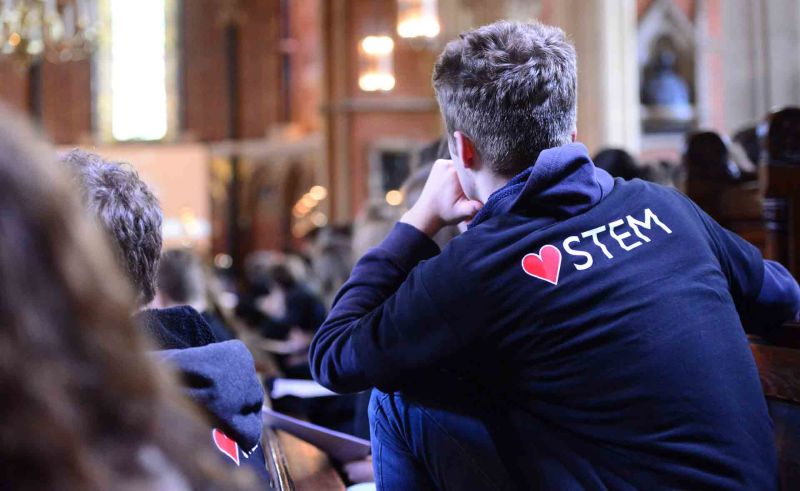Math education has fascinated me for a very long time. I was always good at arithmetic and despite having a pretty bleak elementary school experience, I could do what they called, “math.” Test scores in the 6th grade indicted that I was mathematically gifted and earned me a place in something called Unified Math. “Unified” was an accelerated course intended to rocket me to mathematical superiority between grades 7 and 12. Rather than take discrete algebra, geometry, trigonometry, etc., Unified Math was promised as a high-speed roller-coaster ride through various branches of mathematics.
Then through the miracle of mathematics instruction I was back in a low Algebra track by 9th grade and limped along through terrible math classes until my senior year in high school. In 12th grade, I enrolled in a course called, “Math for Liberal Arts.” Today this course might be called, “Math for Dummies Who Still Intend to Go to College.” I remember my teacher welcoming us and saying, “Now, let’s see if I can teach you all the stuff my colleagues were supposed to have taught you.”
This led to two observations:
- Mr. O’Connor knew there was something terribly wrong with math education in his school.
- I looked around the room and realized that most of my classmates had been in Unified Math with me in 7th grade. These lifeless souls identified as mathematically gifted six years ago were now in the “Math for Dummies Who Still Intend to Go to College” class. If this occurred to me, I wondered why none of the smart adults in the school or district had observed this destructive pattern?
Two things I learned in school between 7th and 12th grade kept me sane. I learned to program computers and compose music. I was actually quite good at both and felt confident thinking symbolically. However, majoring in computer science was a path closed to me since I wasn’t good at (school) math – or so I was told.
I began teaching children in 1982 and teachers in 1983. I was 18-19 years old at the time. While teaching others to program, I saw them engage with powerful mathematical ideas in ways they had never experienced before. Often, within a few minutes of working on a personally meaningful programming project, kids and teachers alike would experience mathematical epiphanies in which they learned “more math” than during their entire schooling.


